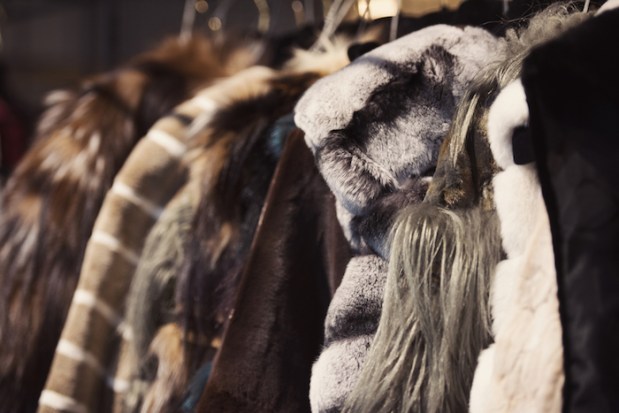The Lowdown On Digital Trends In The Luxury Sector

If there’s one thing consumers love, it’s luxury goods.
Despite the turbulent economy, sales of luxury goods totaled $282 billion globally in 2015, with the U.S. accounting for the bulk of the market at 32 percent of total sales (that was more than China, Japan, France and Italy combined). There are over 350 million luxury consumers worldwide, and the market for luxury goods is expected to grow by 2–3 percent by 2020.
The seventh annual “Luxury Brands Online” trends report by PMX Agency, a digital marketing agency, studied more than 80 luxury apparel brands and took a look at the growth of the luxury retail market online and on mobile devices.
“Beyond revenue, the luxury market remains an excellent study in branding, and these illuminating lessons remain a key reason we continue to focus on this segment,” according to the report. “The foundation for all of these prestigious logos is quality and craftsmanship, which luxury marketers foster skillfully. But they are also adept at creating brands that are both captivating and resilient — the kings and queens of invention and reinvention. Monitoring the progress and success of this market segment can be enlightening to all marketers, regardless of size, price point or demographics.”
PMX’s study found that 10 brands dominate the luxury market, accounting for 80 percent total market share. Those brands are Ralph Lauren, Michael Kors, Coach, Louis Vuitton, Gucci, Chanel, Burberry, Hermès, Louboutin and Versace.
Ralph Lauren is the leader when it comes to luxury brands online, accounting for 19.2 percent of total visits, while Michael Kors is a close second at 18.5 percent of visits; from there, Coach is third at 12 percent, followed by Louis Vuitton at 9.5 percent and Gucci at 5.3 percent.
And when it comes to luxury goods, female consumers seem to be the biggest fans, as PMX’s study found that almost every age segment of females, from millennials to Baby Boomers, over-index for luxury brands; men, in contrast, don’t seem to acquire a taste for luxury items until they hit the 35–44 age demographic.
When it comes to shopping for or browsing luxury brands online, mobile remains the most utilized platform, with 52 percent of all online traffic on luxury sites coming from a smartphone or tablet — far greater than average retailer websites, which see about 35 percent of traffic come from mobile.
More than half (51.6 percent) of all traffic for luxury brands online comes from search engines, while 46 percent of that traffic comes from paid search, which is higher than the average apparel retailer paid search benchmark of 39 percent. Google itself is the single biggest source of traffic to luxury brands, accounting for 48 percent of all referrals to luxury brands sites.
And when consumers are searching for luxury items online, they are most likely to be searching for “handbags” or similarly matching keywords, like “bags, “purses,” etc.
Interestingly enough, consumers shopping or searching for luxury brands online are really in the mood for shopping, as almost 40 percent of visitors to a luxury brand website leave that site to go to another retail website, typically for another luxury brand, a department store or online consignment.
“This remains a testament to the enduring allure of luxury brands themselves — the payoff for ongoing investments in branding, product development and innovation,” according to the study. “Many shoppers are seeking out their favorite brands by name. But shoppers are also shoppers, even at the elevated heights of luxury goods, potentially seeking out alternate styles or offers.”
Social media also remains a large driver for luxury brands online, accounting for 6.3 percent of all website traffic, led by Facebook at 3.4 percent, then YouTube at 1.1 percent. But over the past year, Instagram has also seen total followers of luxury brands double, with brands like Chanel, Dior, Gucci and Prada experiencing significant growth.
“Each like, share and watched video is a powerful interaction — usually app-based — that thrives in an ecosystem parallel to the brand website,” according to the report. “Follower counts, engagement rates and video views are all critical metrics.”
Consumers have shown a willingness to shell out for luxury brands even during the toughest of times, and with the rise of eCommerce, mobile shopping and social media, luxury goods are now more available to consumers than ever before and, in many ways, are dominating the online shopping conversation — a trend that doesn’t show signs of slowing down anytime soon.
“The dichotomy between consumers who buy and those who aspire isn’t new,” according to the report. “Happily, tech advances and ever-evolving social platforms continue to offer luxury brands new, innovative ways to identify, target and successfully cultivate a variety of future buyers and devotees.”
